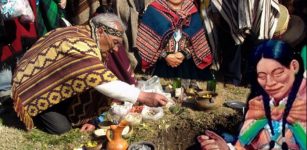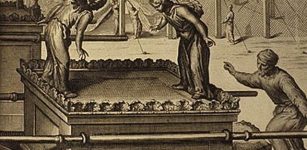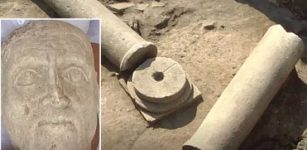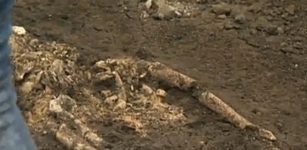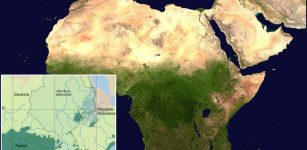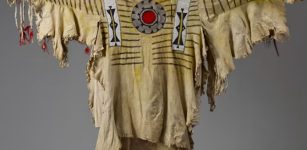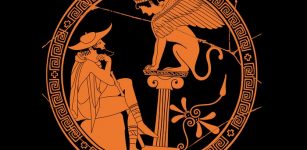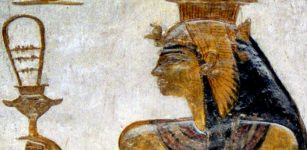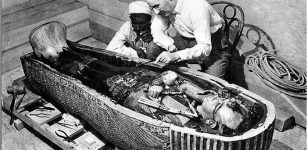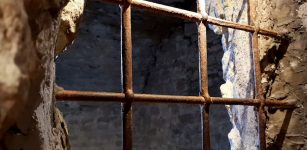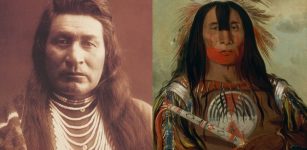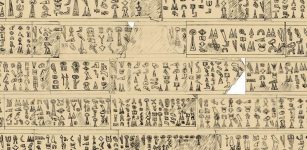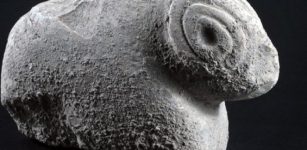Was Aztec And Mixtec Turquoise Mined In the American Southwest?
AncientPages.com - One of the most famous gemstones with long history is turquoise. This almost legendary blue-green stone appeared in ancient Egypt around 6000 BC where it was used to produce protective and royal amulets for both King Tut and Cleopatra.
It is perhaps the oldest stone in man’s history, the talisman of kings, warriors and shamans.
For more than 150 years, scholars have argued that the Aztec and Mixtec civilizations, which revered this precious, blue-green mineral, acquired it through import from the American Southwest. Turquoise figures prominently in Aztec poetry and rituals, and was used to make jewelry, shields, knife handles, mirrors and other objects belonging to high-status members of Aztec society, like rulers and priests.
A new study – based on geochemical analysis of Aztec and Mixtec turquoise artifacts - surprisingly shows that the turquoise used in them had been mined in Mesoamerica, and not imported from the American Southwest, where ancient turquoise mines have been found.
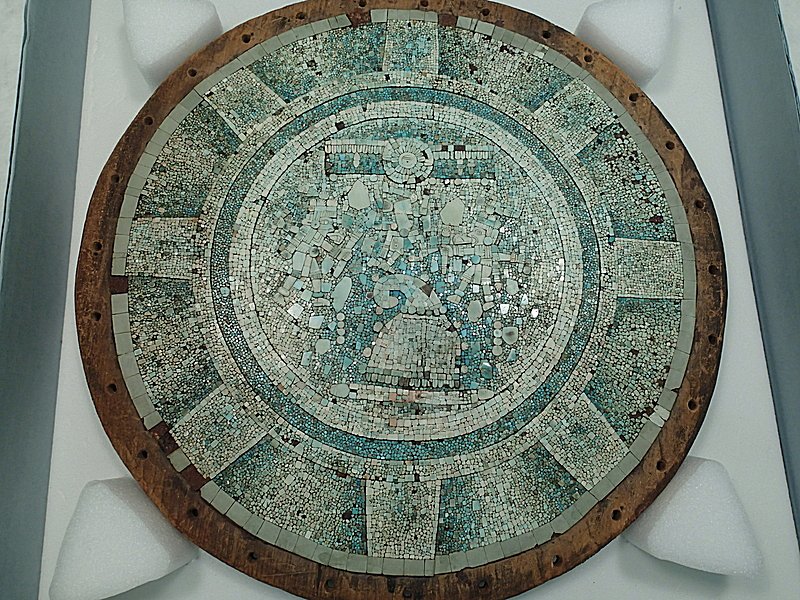
A Mixteca-style shield decorated with turquoise mosaic from the collection of the Smithsonian Institution-National Museum of the American Indian (Photo: Frances F. Berdan)
“Not only do they have isotopic signatures that are absolutely consistent with the geology of Mesoamerica, but they are completely different from the isotopic signatures of the Southwestern turquoise deposits and artifacts that we have seen so far, said Alyson Thibodeau, a geochemist at Dickinson College in Pennsylvania and lead author on the paper, .
The team measured the isotopic signatures of Mesoamerican turquoise artifacts associated with both the Aztecs and Mixtecs. These isotopic signatures function like fingerprints that can be used to determine the geologic origins of the turquoise.
Their samples included dozens of turquoise mosaic tiles excavated from offerings within the Templo Mayor, the ceremonial and ritual center of the Aztec empire, which is located in present-day Mexico City. The analyses revealed that turquoise artifacts had isotopic signatures consistent with geology of Mesoamerica, not the Southwestern United States.
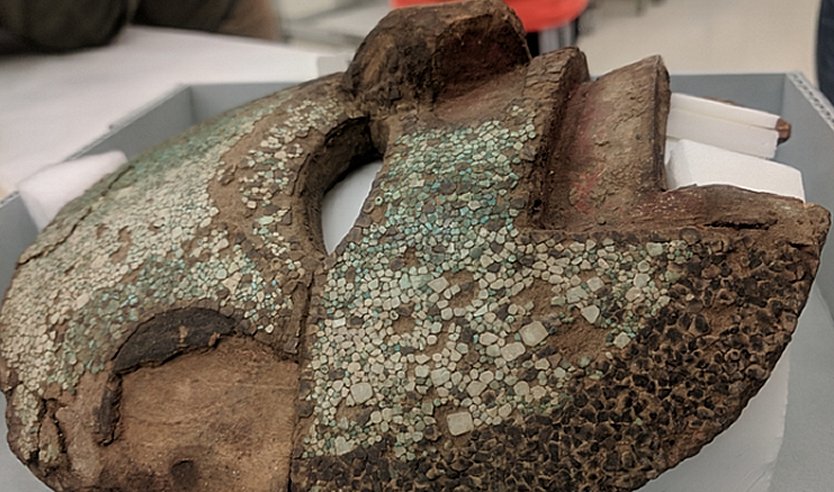
A Mixteca-style mask decorated with turquoise mosaic from the collections of the Smithsonian Institution-National Museum of the American Indian (Photo: Alyson M. Thibodeau)
"This work revises our understanding of these relatively rare objects and provides a new perspective on the availability of turquoise, which was a highly valued luxury resource in ancient Mesoamerica," Thibodeau said.
Turquoise forms near the surface as a product of copper weathering, typically caused by rainwater or groundwater. Mesoamerica has plenty of copper mines, she said, which suggests that turquoise deposits may have once been present there, too. The isotopic signatures she found on the turquoise artifacts also matched the signatures of copper deposits found in Mesoamerica.
While the new research points to Mesoamerica as the source of Aztec and Mixtec turquoise, exactly where the mineral came from hasn't been pinpointed, as no turquoise mines have been discovered in the area.
AncientPages.com


